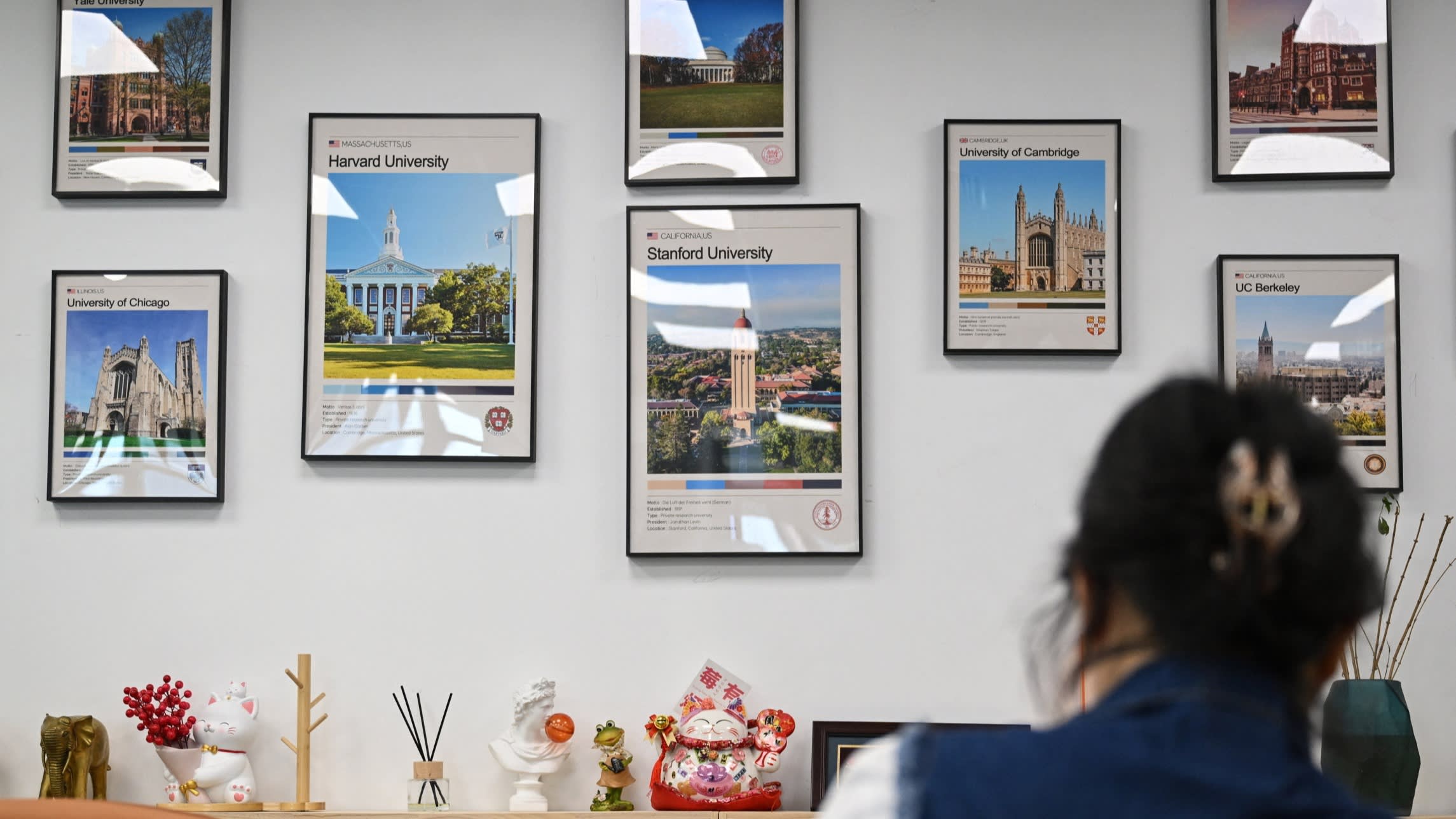
In recent months, a wave of anxiety has swept through Chinese students in the U.S. due to a tightening visa policy impacting their educational opportunities. The focus keyword throughout this article will be “Chinese students.”
In a move that has drawn significant attention, the U.S. government has introduced stricter regulations regarding visas for international students, particularly affecting those from China. This crackdown has left many Chinese students feeling vulnerable and uncertain about their future in America, prompting them to consider “Plan B” options.
Discussions on various forums reveal an alarming sentiment among these students. Reports indicate that many are weighing their options alongside friends and family, trying to evaluate whether it’s time to cut their U.S. experience short and pursue education elsewhere. Countries such as Canada, the United Kingdom, and Australia are becoming increasingly attractive alternatives for Chinese students seeking higher education.
The motivations behind the visa restrictions are multifaceted; they involve increasing geopolitical tensions and security concerns, which have led the U.S. government to scrutinize the backgrounds of international students more closely. For many Chinese students, the reality of these policies is stark: their path to studying in the U.S. can now feel fraught with complications.
Despite the rhetoric claiming these policies aim to protect American interests, many Chinese students feel targeted and questioned, often equating their experiences in the U.S. to those they fled in China. A growing sentiment is evident: Chinese students had previously viewed the U.S. as a land of opportunity, but now some feel they are at risk of becoming scapegoats in a larger political narrative.
Experts in the field suggest that the apprehension surrounding these visa policies is valid, citing the complicated relationship between the U.S. and China that continues to escalate. Some educators have voiced their concerns that this increasing scrutiny may dissuade talented students from applying to U.S. colleges altogether, ultimately having detrimental effects on both the students and American academia.
The potential repercussions for education in the United States are concerning. Universities have typically benefitted from the influx of Chinese students, who not only contribute to campus diversity but also significantly bolster financial resources through international tuition. According to statistics, thousands of Chinese students enroll in U.S. institutions each year, forming a crucial demographic. A decline in these numbers due to visa restrictions could have lasting consequences for schools reliant on international tuition.
As popular educational destinations begin rolling out their policies to attract Chinese students, countries like Canada are witnessing a dramatic increase in applications from Chinese students, who see these nations as offering both quality education and a more welcoming environment.
For many Chinese students, the idea of pursuing education in a different country is no longer just a consideration; it’s becoming a necessity. They are not only searching for alternatives to the programs they had initially hoped to enroll in but are also trying to secure a better sense of stability in their educational journeys.
Still, the U.S. government maintains that the policies aim to protect American interests and national security. Some political analysts even suggest that these moves are part of a broader strategy to reshape immigration patterns favorably, which has sparked mixed responses from Chinese students. Many of these students have expressed skepticism about the guarantees and reassurances that have circulated following the introduction of these new visa policies.
In the face of such uncertainty, countless Chinese students are actively reaching out to resources that can help them navigate their options. This includes speaking with academic advisors, immigration consultants, and even peers who successfully transitioned to schools outside the U.S.
While navigating the complexities of visa protocols and processing, these students might also find solace in community support networks composed of fellow Chinese aspirants or alumni who have navigated similar challenges in the past. These networks often provide not just academic advice but emotional support, which is invaluable during such trying times.
It’s essential for institutions and stakeholders to acknowledge and address the shifting dynamics of the international educational landscape as a result of evolving immigration policies. Understandably, Chinese students are rightfully concerned about the changing environment in the U.S. and its implications for their academic and professional goals.
As they confront these challenges head-on, many in the Chinese student community remain hopeful for viable pathways to achieve their dreams, regardless of where their journeys may take them. If this trend continues, we may witness a significant reshaping of the international student demographic within the U.S. educational system.
In conclusion, the landscape for Chinese students seeking education in the U.S. is changing rapidly, influenced by both governmental policies and geopolitical factors. The narrative they find themselves in is one of uncertainty and reevaluation. As they consider their options and weigh possibilities for their futures, it remains crucial for academic institutions, policymakers, and host communities to foster an atmosphere of support, inclusivity, and understanding, making them feel that they are respected stakeholders in the global educational community.
While moves toward more stringent visa laws may aim to reshape perceptions of American interests, the real human stories behind these policies are those of young minds seeking an education, influenced by a myriad of challenges but striving to carve out a better future for themselves and their families. The resilience of these Chinese students is promising, and their experiences will undoubtedly shape the future of international education itself.
Source link









